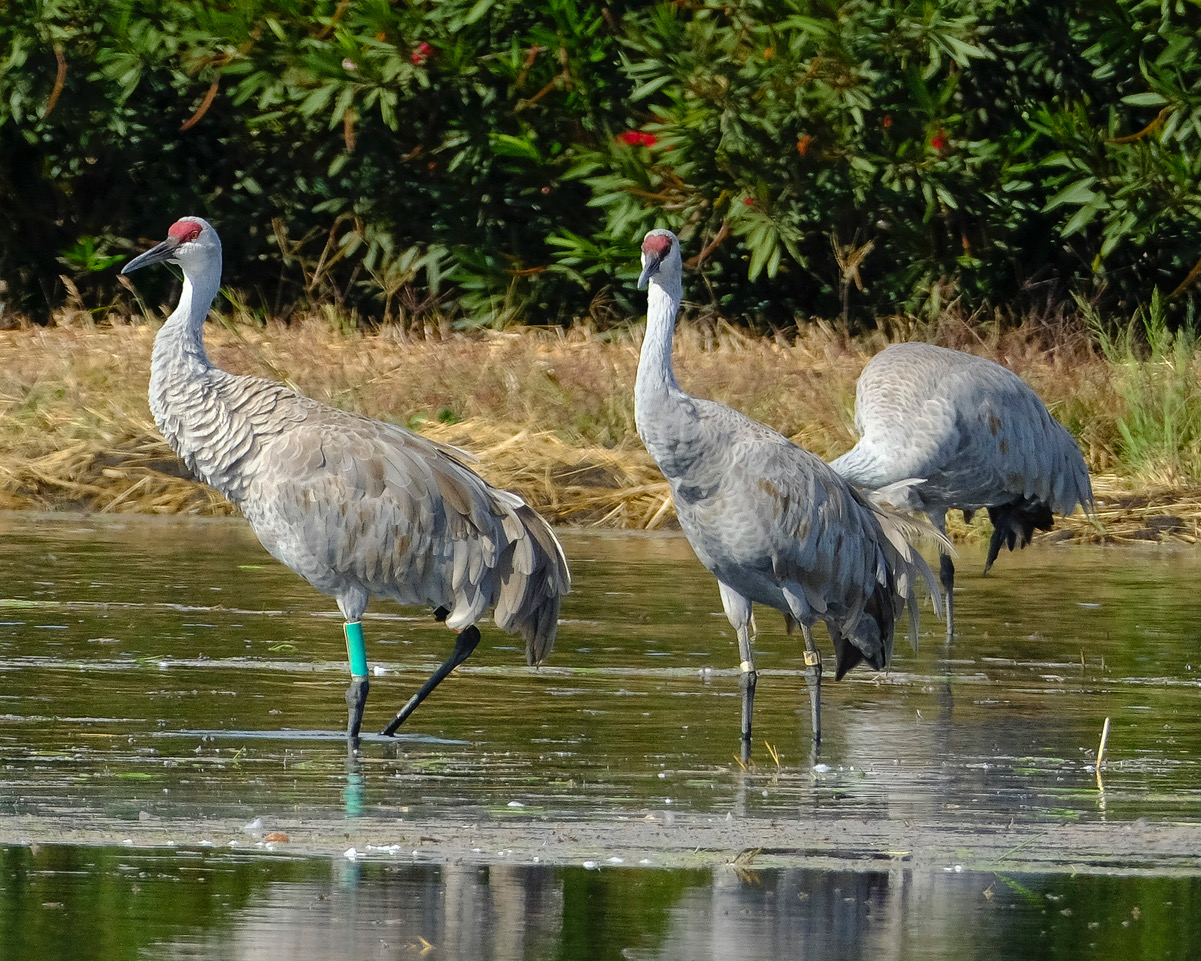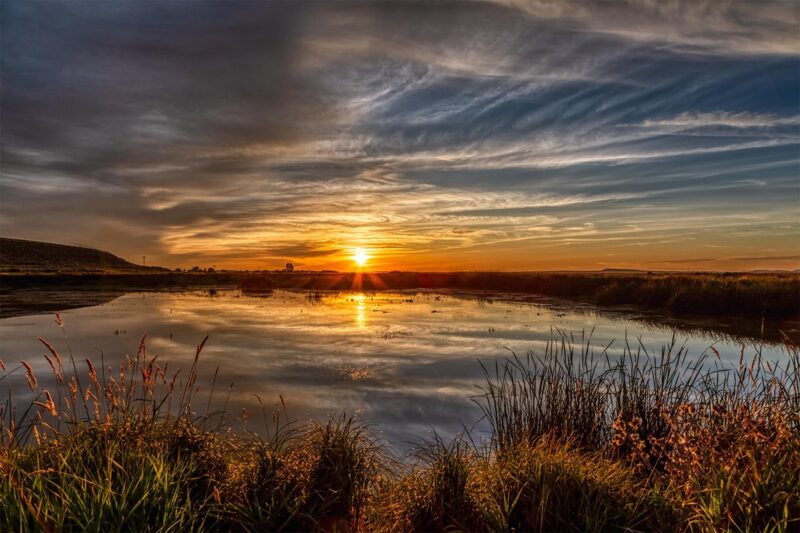
Crane’s are on their way!
Written by Gary Ivey PhD Photo of ‘Oak and Sara’ by Bob Steelquist Greater Sandhill Cranes begin returning to Malheur Refuge in mid-February. Some of the early arrivals are...

We have many plans for the coming year and are inviting you to help support them by contributing to our End of Year Fundraising goal of $20,000!
Planning to visit Malheur National Wildlife Refuge? Allow us to assist you! Learn more about the history and why it was created in the early 1900s.
Learn about the Projects, Programs, and Events that we are working on. Join the Friends with volunteer, sponsorship, and giving opportunities.
Written by Gary Ivey PhD Photo of ‘Oak and Sara’ by Bob Steelquist Greater Sandhill Cranes begin returning to Malheur Refuge in mid-February. Some of the early arrivals are...
These community science opportunities in the Harney Basin and more specifically at Malheur National Wildlife Refuge are as abundant as the birds and YOU can help.
In the words of retired wildlife biologist, Rick Roy, looking at the CCP for the Refuge is very much like asking “What do you want to be when you...
The golden eagle (Aquila chrysaetos) is one of the largest and most powerful birds of prey in the Northern Hemisphere. With eyesight four to eight times better than that...
A recent period of above-average temperatures in late December/early January, combined with rain, have melted snow at lower elevations of the Refuge, swelling the Blitzen River. “Normally in winter, the...
Rough-legged hawks (Buteo lagopus) are known as such because of their feathers which extend down the legs all the way to their toes, one of only three North American...

National Wildlife Refuge Association's cover photo ... See MoreSee Less
5 CommentsComment on Facebook
We love you guys and the work you do!
We must save our sacred places!
This all makes my heart shatter…only a horrible person would do this to the caretakers of our beautiful places. Stay strong. I wish I was wealthy so I could create my own company & hire all the people back.

We’ve all seen this duck. The mallard breeds throughout temperate and subtropical wetlands of the Americas, Eurasia and North Africa; it has been introduced to much of South America, Australia, New Zealand and South Africa. It is the most widely distributed duck species in the world! 📸: Peter Pearsall #mallard #highdesert #oregondesert #greatbasin #malheurnationalwildliferefuge #friendsofmalheur ... See MoreSee Less
0 CommentsComment on Facebook
View our profile to learn more about our non-profit transparency.
Learn how you can get a qualified tax credit with your donation.
Donations are used across the Refuge for a variety of projects and programs that support our mission.